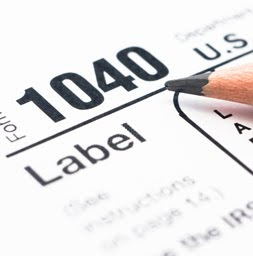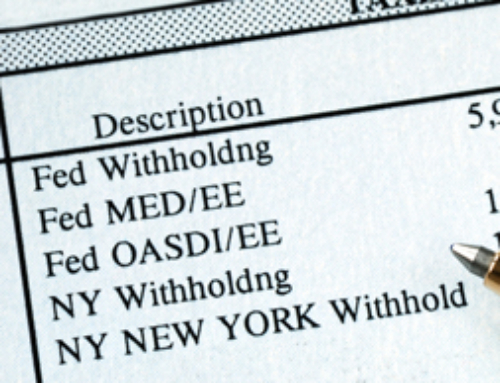 2010 Tax Relief: A Checklist of Benefits for Your 2010 Tax Return
2010 Tax Relief: A Checklist of Benefits for Your 2010 Tax Return
If you’ve already filed your tax return, you may have missed out on some benefits, because not everything was quite ready for prime time until now. Here’s a list of specific things you want to make sure you took advantage of, or will use, when you file your personal income tax return this year. Also included are links where you can read up on the details of each benefit. Warning: many of these pages may still be in the process of being updated.
- Your taxes should be computed based on these tax brackets: 10, 15, 25, 28, 33, and 35.
- Capital gains and qualified dividends are taxed at 0 percent and 15 percent.
- Your tax return should not show an itemized deduction or personal exemption phaseout.
- The married standard deduction should be double the single standard deduction.
- Earned income credits should be no less than the 2009 tables, perhaps indexed for inflation.
- Your adoption credit is refundable (meaning you can get the money even if you owe no taxes).
- If you paid for childcare, your child and dependent care credit should allow you to use up to $3,000 of expenses.
- You may still take a deduction for your mortgage insurance premiums (PMI). Remember, this is for insurance on your loan, not on your home.
- The American opportunity tax credit for higher-education expenses should grant you up to $2,500 per eligible student on your tax return. Or you may deduct up to $4,000 per tax return for tuition and fees.
- Student loan interest deductions are allowed up to $2,500 per tax return.
- Although you may contribute up to $2,000 to a Coverdell education savings account, it won’t appear on your tax return. These contributions have never been deductible.
- The National Health Service Corps and the Armed Forces scholarship programs are still tax-free.
- The state and local sales taxes you pay are still deductible.
- A full-time teacher still gets a whopping $250 for classroom expenses.
Incidentally, this year, you will be getting a little extra in your paycheck. Your share of the payment into your Social Security account is being reduced by 2 percent. On wages of $35,000, that means a pay raise of $700 for the year.
Read More:
Self-Employed? Here’s What You Need To Know About Estimated Payments
Write-Off Your Child’s Summer Camp
Can’t Pay Your Tax Bill? Here’s How To Deal With The IRS






